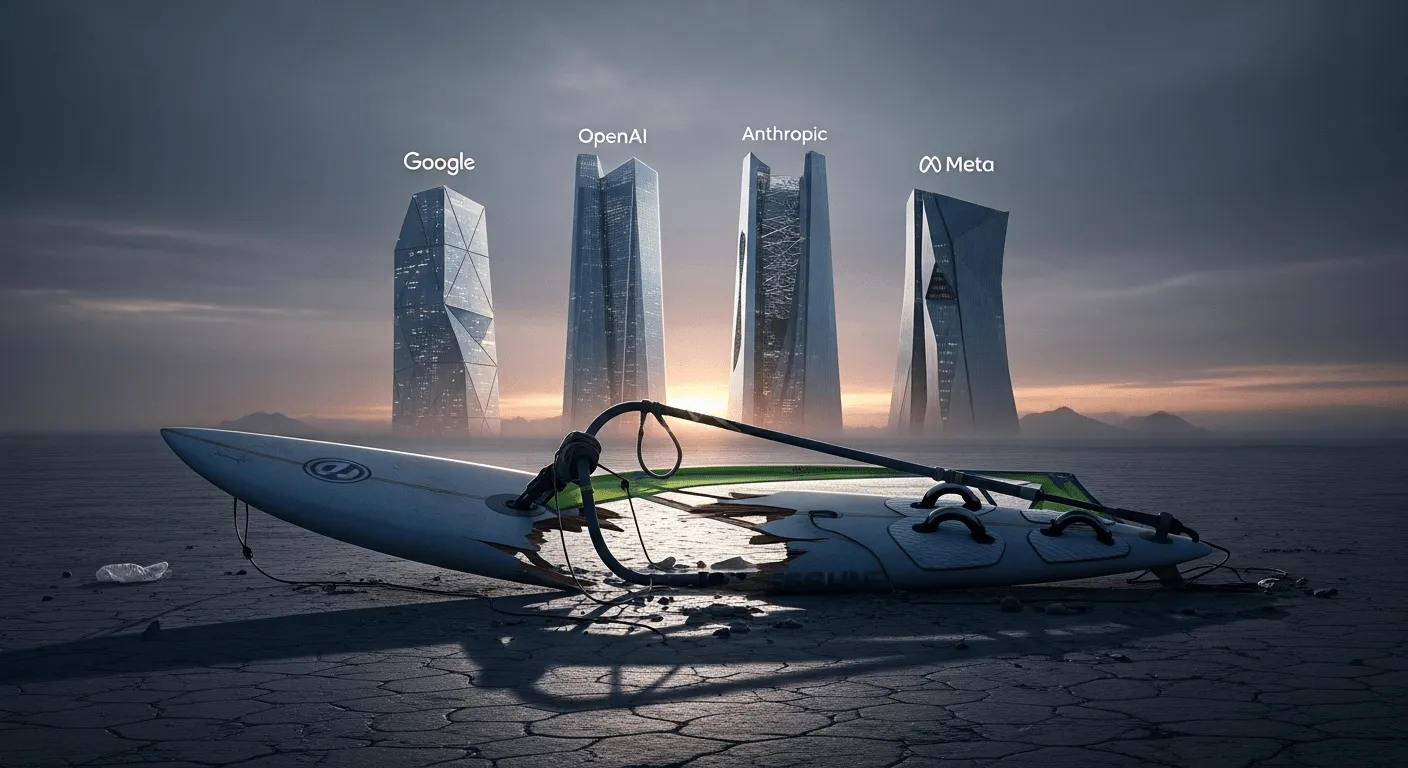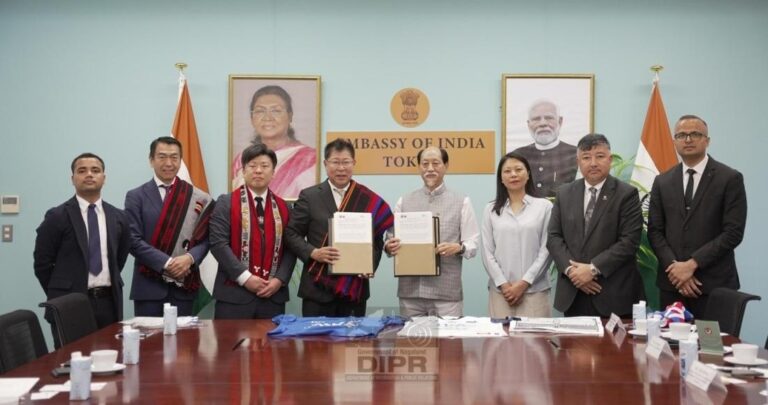How Windsurf became a casualty of the AI arms race
Caught between tech giants, AI startup Windsurf became the main casualty when Google poached its leaders, gutting OpenAI’s $3B acquisition deal.
OpenAI’s planned $3 billion acquisition of the viral AI coding startup Windsurf has collapsed. In a stunning reversal, Google has hired Windsurf’s CEO Varun Mohan, co-founder Douglas Chen, and other key researchers to join its Google DeepMind division, as reported by The Verge. The move highlights a ruthless new strategy in the tech industry, where dominant players can absorb a rising competitor’s most valuable assets—its people and its technology—without the regulatory burden of a formal acquisition.
Google is reportedly paying $2.4 billion to hire the employees and secure a nonexclusive license to certain Windsurf technology. It takes no equity or control in Windsurf itself. This leaves the majority of the startup’s 250-person team under an interim CEO, tasked with continuing operations after losing its founding leadership and a part of its technical advantage to a direct competitor. The former leaders will now focus on agentic coding efforts for Google’s Gemini model.
The new battlefield
The groundwork for this collapse was laid weeks earlier. Anthropic, a chief rival to OpenAI, preemptively cut Windsurf’s access to its Claude models. The decision came shortly after news of the potential OpenAI acquisition. Anthropic co-founder Jared Kaplan stated, “I think it would be odd for us to be selling Claude to OpenAI,” framing the move as a strategic block to prevent a competitor from gaining valuable training data from its models.
This defensive act, however, created an opening for Google. Windsurf, needing a powerful alternative, immediately began promoting Google’s Gemini 2.5 Pro to its users. This could have set the stage for Google eventually approaching Windsurf with the proposition for the acquihire.
This is also happening against the backdrop of a much larger talent war. Meta, for example, is aggressively recruiting top AI experts to its Superintelligence Labs to catch up with rivals following the failed release of its Llama 4 models. The company is reportedly offering compensation packages of up to $300 million over four years, with CEO Mark Zuckerberg personally involved in courting talent. These massive offers have successfully lured executives like Apple’s former head of foundation models, Ruoming Pang, and the former CEO of Scale AI, Alexandr Wang.
In this hyper-competitive environment, acquihire has emerged as an effective weapon. By poaching key talent and licensing technology without a formal merger, companies like Google and Microsoft can enhance their own capabilities and neutralize rising startups. This maneuver largely avoids the intense regulatory scrutiny that comes with multi-billion-dollar acquisitions. Google previously did a similar deal for Character.AI’s CEO, and Microsoft did the same when it hired Inflection AI’s leadership.
The fallout
Windsurf is now the primary casualty, caught in the crossfire between giants. Its situation is precarious, a fate shared by other startups in similar positions. After Microsoft hired away its founders, Inflection AI had to pivot its entire business model away from consumer AI. Similarly, Scale AI reportedly lost customers after Meta struck a deal to hire its CEO.
For Windsurf, which had reached a $100 million annual recurring revenue before the deal collapsed, the path forward is uncertain as it no longer has its main leaders. The saga demonstrates a harsh reality of the current AI landscape: for a promising startup, a powerful partner can quickly become a predator, extracting its most valuable assets and leaving the rest of the company to slowly decay.
On the other hand, this could have been a smart decision by Windsurf’s founders in face of growing competition from big AI labs. Google, OpenAI, and Anthropic have all released AI coding tools that might gradually evolve into a competitor or replacement for the likes of Windsurf and Cursor. They might have seen the death of their company down the road and decided to join a competitor that they could not have beaten.
Source: TechTalks




